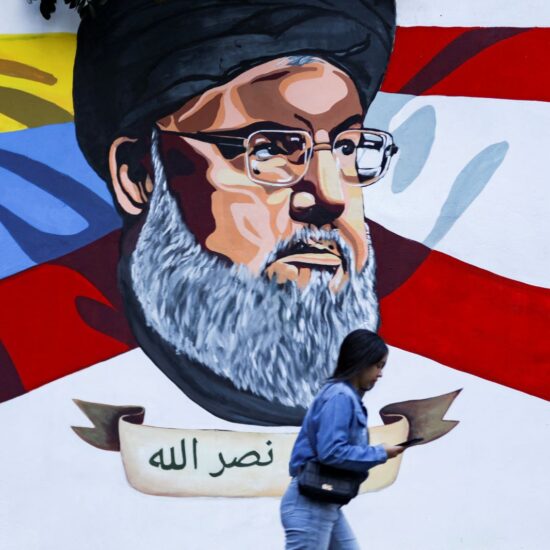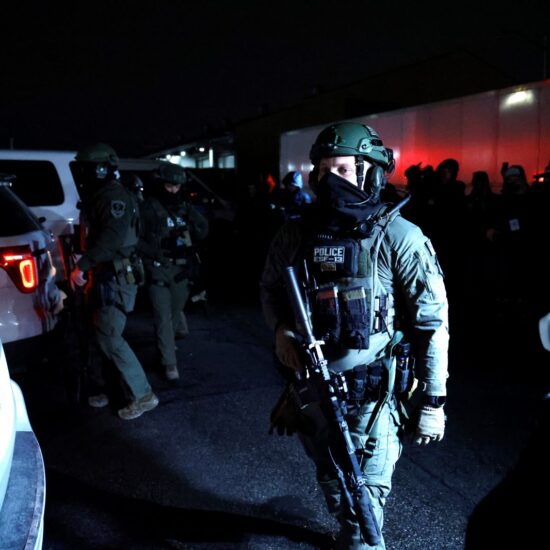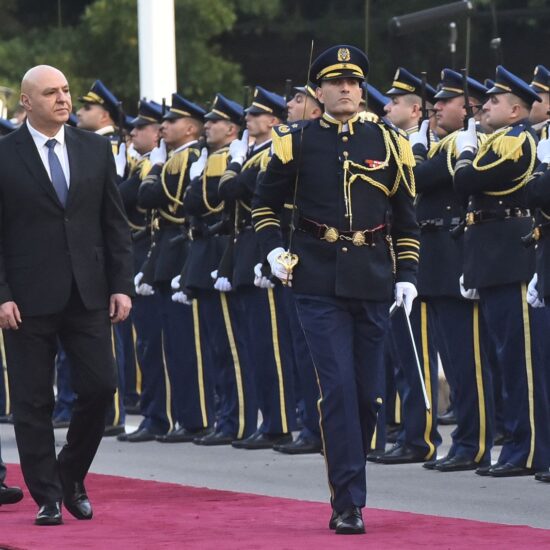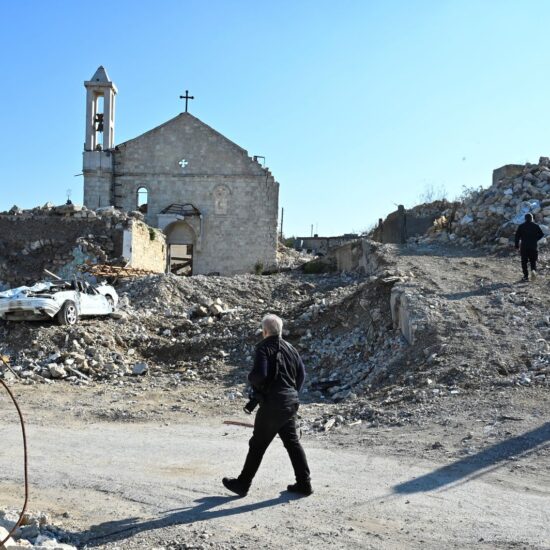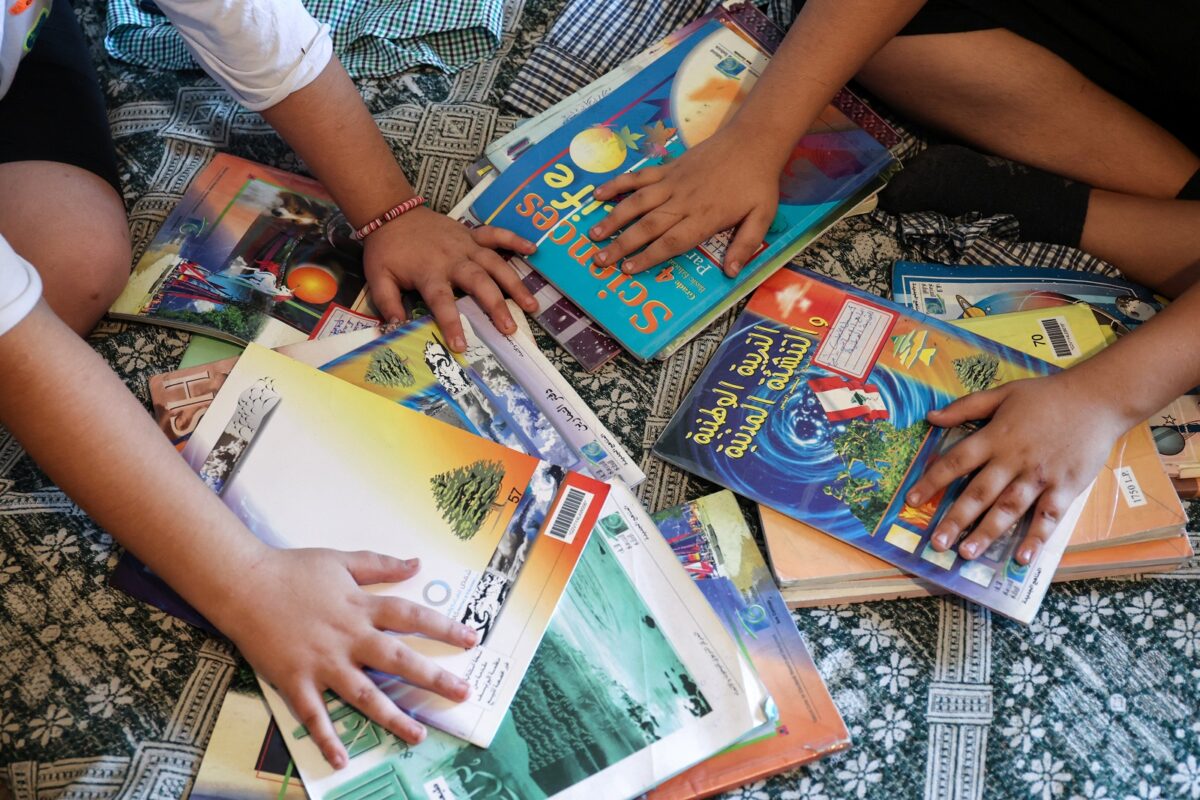
The journey of preparing for the new school year, including buying books, stationery, and supplies has started. Since mid-last month, promotional advertisements in shops and libraries selling these supplies have been notably high, marking the back-to-school season. However, parents are facing even greater challenges this year, as some prices have surged to at least ten times what they were twelve months ago
Amid Lebanon’s severe economic crisis, the cost of school stationery and uniforms has skyrocketed, placing an overwhelming burden on families. These inflated prices have turned essential school supplies into luxury items, accessible only to a privileged few, exacerbating the financial strain on parents already struggling to make ends meet.
Big disappointment
“I did not expect that the prices of supplies would reach more than 300 dollars per child, divided between basic supplies such as school uniforms, and stationery from notebooks, pens and others,” Hiba Al Abani told NOW. She has to pay at least 900 dollars just to buy these basics for the education of her three children, not to mention the school premium and working as a nurse with a salary of 300 dollars means that Hiba has to go into debt for a few months to afford to buy her children the school uniforms and stationary.
According to parents from several schools in Lebanon that require students to wear uniforms, prices have soared beyond the monthly salary of an average employee. Uniform prices range from 180 dollars to around 300 dollars, and they can increase further if parents choose to purchase more than one set or also purchase the sports set.
Unaffordable stationary prices
In addition to the steep prices schools charge for student supplies, the cost of stationery in bookstores has become exorbitant and unrealistic, making them accessible only to a select group of people.
During a tour of major stores in the capital, Beirut, the extreme price hikes became evident. For instance, a school bag starts at 55 dollars, with prices reaching up to 120 dollars for those imported from abroad.
The price of ballpoint pens starts at 1.5 dollars and rises based on quality, with some reaching over 5 dollars.
Another example is the price of a scientific calculator that has reached at least 10 dollars while those used for the Advanced Class exceed 40 dollars.
According to these prices, parents need at least 300 dollars per child to buy the basics for the school year, not to mention the prices of books that are also significantly pricey.
Ahmed Daasouki, a father of four children who works as a carpenter, told NOW: “I own a business and generate a good income. I’m still finding it very difficult to balance all the costs associated with the schools of my children, it is impossible not to go into debt.”
Consequences of Lebanon’s crisis
The prices of school stationery and uniforms in Lebanon have risen dramatically due to a combination of factors tied to the country’s ongoing economic crisis. The sharp devaluation of the Lebanese lira has led to increased import costs for goods priced in foreign currencies, driving up the prices of imported items like uniforms and stationery.
Additionally, inflation has skyrocketed, pushing up the cost of production for locally-made goods as raw materials become more expensive. Supply chain disruptions, partly due to global economic challenges and partly due to local instability, have further exacerbated the situation, reducing the availability of affordable products.
These factors, coupled with dwindling purchasing power and a lack of effective price regulation, have resulted in soaring prices for school essentials, making them increasingly unaffordable for many families.
Pressure on families
Last academic year, some educational institutions showed leniency in enforcing the school uniform requirement as they were mindful of the economic challenges and financial difficulties faced by parents, according to Rasha Njeim, a curriculum coordinator who works with the Ministry of Education.
Schools allowed students to wear old uniforms or follow specific color schemes with their existing clothing and gave parents the option to buy stationery and notebooks from external sources, rather than the school’s branded versions, to help reduce financial pressure on families.
The aim was to make school uniforms “affordable for all,” but with 75 percent of children in Lebanon at risk of poverty and an ongoing cost of living and economic crisis, many parents still struggle to budget for back to school shopping.
These costs put huge pressure on families who are already struggling to manage high bills such as rent, energy bills, transport bills and other basic expenses such as grocery bills.
Parents also have to think about stationery, new shoes, lunchboxes, trainers for sports lessons, and book bags. As a result, some parents have to budget for going back to school across the year, with many reaching out to the diaspora community or second-hand clothing shops for help.
The financial burden of returning to school extends beyond just a family’s budget, it can also lead to feelings of social exclusion, anxiety, or shame.
While school uniforms are intended to create equality among students and lessen the pressure to wear costly and trendy clothing, the inability to afford these uniforms or the need to sacrifice other essentials to purchase them can intensify feelings of shame and social isolation, Rawad Mansour, a father of two explained to NOW.
The annual financial burden on many families in Lebanon can be lessened by legally binding guidance on school uniforms and introducing rules that require schools to remove “unnecessary” branded items and allow more high street options. Schools also have to ensure there are arrangements in place so that second-handed uniforms are available to all parents.
Rodayna Raydan is a Lebanese-British journalist. You can follow her on Twitter @Rodayna_462
The views in this story reflect those of the author alone and do not necessarily reflect the beliefs of NOW.



